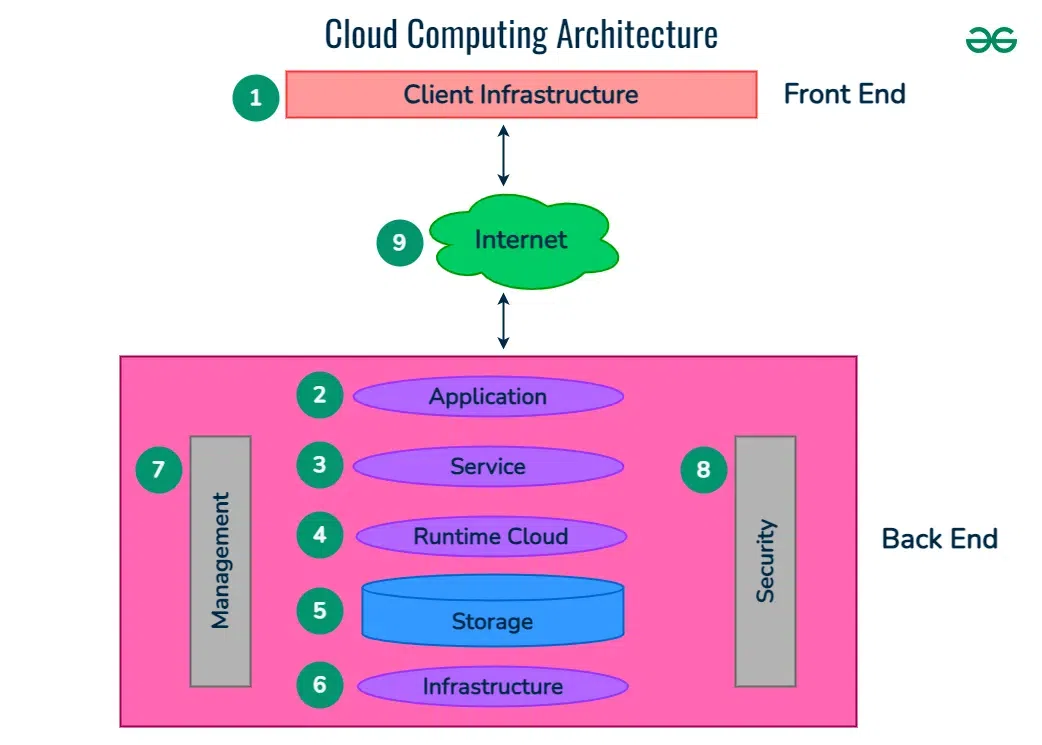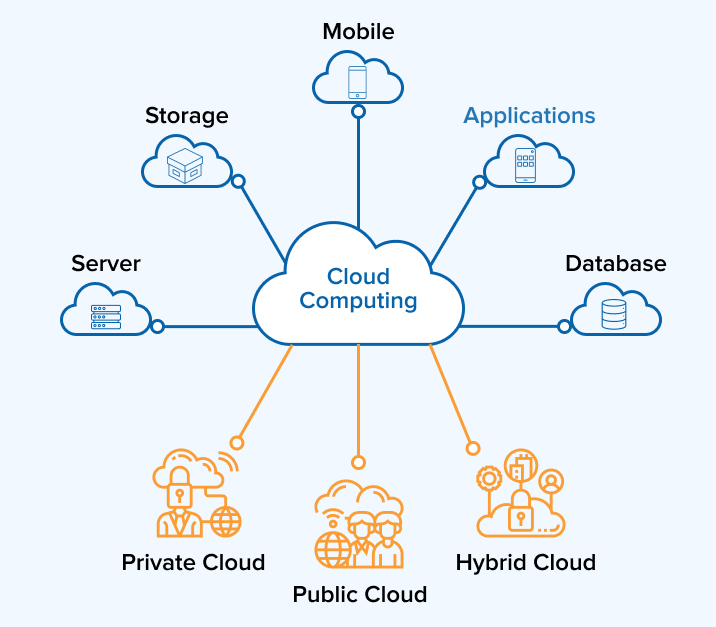Unlocking Success with LinkDaddy Cloud Services: Making Best Use Of Universal Cloud Service Effect
Wiki Article
Simplify Your Facilities With Cloud Solutions
As businesses browse the ever-evolving landscape of technology and data monitoring, the role of cloud services in streamlining infrastructure has come to be increasingly popular. How can businesses efficiently navigate this transition and genuinely open the possibility of cloud services for streamlining their framework?Benefits of Cloud Solutions
Cloud services use a structured method to managing IT infrastructure, offering companies with adaptability, cost-efficiency, and scalability. One of the crucial advantages of cloud services is the scalability they offer.Additionally, cloud solutions get rid of the demand for organizations to invest in expensive equipment and software application. This cost-efficiency is a considerable advantage, specifically for small to medium-sized ventures seeking to decrease ahead of time prices. By utilizing cloud solutions, organizations can access top notch IT sources without the hefty cost associated with conventional framework arrangements.
Furthermore, cloud solutions offer organizations with the adaptability to access their information and applications from anywhere with a web connection. This level of ease of access enhances partnership amongst teams, enables remote work, and increases total performance. The flexibility provided by cloud solutions equips organizations to adapt swiftly to changing market problems and consumer demands.
Cost Financial Savings and Scalability
In enhancement to the operational benefits highlighted previously, the assimilation of cloud services right into a business's framework generates substantial cost financial savings and boosted scalability. Cloud services offer a pay-as-you-go model, permitting services to range sources up or down based on current requirements, consequently preventing the expenses related to keeping excess ability. This adaptability enables companies to adjust swiftly to varying demands without sustaining unnecessary expenses.Furthermore, cloud solutions get rid of the demand for in advance investments in hardware and software, decreasing resources expenditures. Operating costs are likewise lessened as business no longer require to take care of and preserve physical servers, leading to lower power consumption and IT staffing prices. In addition, cloud solutions supply automated updates and maintenance, ensuring that the infrastructure remains up-to-date and safe and secure without requiring hand-operated interventions.
Boosted Safety Actions
Implementing rigorous safety and security measures is paramount when incorporating cloud services right into a company's facilities to guarantee and protect delicate data conformity with industry regulations. Cloud service companies supply boosted safety and security functions such as data security, firewall software defense, and multi-factor verification to reduce cybersecurity risks. Encryption assists safeguard information both at remainder and in transit, making sure that only accredited users can access sensitive details. Firewalls serve as a barrier in between interior networks and outside hazards, monitoring and controlling outbound and inbound network website traffic. Multi-factor verification includes an extra layer of security by requiring customers to give multiple types of confirmation before accessing the cloud services.Moreover, routine safety and security audits and conformity analyses aid recognize vulnerabilities and ensure adherence to industry requirements. Business can additionally profit from functions like computerized security updates and real-time hazard tracking provided by cloud provider. By focusing on security actions and staying aggressive in resolving prospective risks, services can with confidence leverage cloud solutions while safeguarding their beneficial data from unauthorized access or violations.
Transitioning to Cloud Infrastructure
To effectively incorporate cloud solutions right into a firm's framework, a structured strategy that attends to the shift in the direction of cloud-based options is necessary. Transitioning to cloud framework entails careful preparation and implementation to ensure a smooth movement process. The very first step is to evaluate the present infrastructure and identify which applications and systems appropriate for movement to the cloud. This examination should think about aspects such as information level of sensitivity, compliance demands, and performance requirements.Once the assessment is complete, a migration method need to be created. This approach needs to lay out the timeline, resources, and responsibilities for relocating each part to the cloud. It is necessary to connect this strategy plainly to all stakeholders to make certain alignment and reduce interruptions during the transition.
Throughout the movement surveillance, testing and procedure are crucial to determine and resolve any issues without delay. Routine checkpoints should be established to track development and make required adjustments. In addition, training for staff members on making use of cloud solutions must visit this website be offered to ensure an effective change and make the most of the benefits of the brand-new facilities.
Finest Practices for Cloud Adoption
Effective adoption of cloud solutions depends upon the critical alignment of organization goals with technological capabilities and business readiness. To make sure a smooth change to the cloud, companies must start by carrying out an extensive evaluation of their existing facilities and recognizing which workloads are best suited for cloud migration. It is critical to include crucial stakeholders from different departments in the decision-making process to acquire buy-in and deal with any concerns early on.One more best method for cloud fostering is to prioritize protection and compliance. Organizations must very carefully evaluate the security steps used by cloud service carriers and ensure that their data is safeguarded according to sector criteria and regulatory requirements. Applying robust information encryption, access controls, and regular safety audits can help reduce dangers linked with cloud fostering.

Conclusion

As companies browse the ever-evolving landscape of technology and information management, the function of cloud solutions in simplifying facilities has actually become significantly popular - anonymous Cloud Services. How can services properly navigate this shift and truly open the possibility of cloud solutions for simplifying their facilities?
Cloud solutions use a structured approach to managing IT infrastructure, providing services with cost-efficiency, flexibility, and scalability. By making use of cloud services, companies can access high-quality IT resources without the hefty rate tag associated see this site with standard infrastructure setups.
To make certain a smooth transition to the cloud, organizations need to begin by performing a comprehensive assessment of their present framework and recognizing which work are best fit for cloud migration.
Report this wiki page